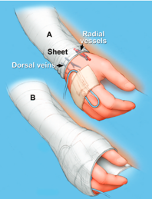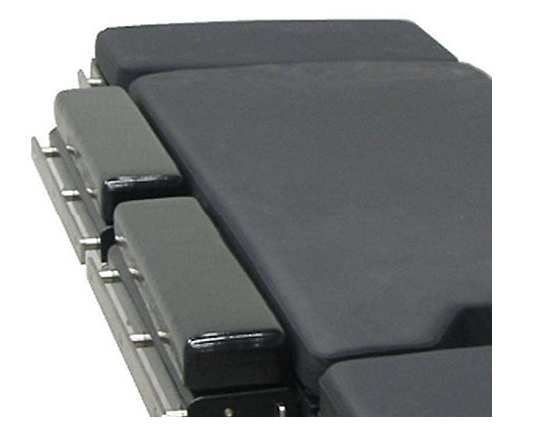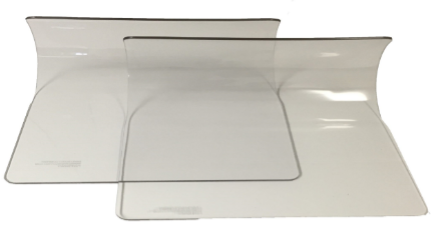Situation: Positioning a patient’s arms safely and securely can be challenging.
Background: All patients are vulnerable to injury. For many procedures, the surgeon’s preference is for “tucking” a patient’s arms. The width of OR surgical beds/tables is 20 inches. By comparison, seat widths at Memorial Stadium at the University of Nebraska Lincoln range from 18 to 22 inches.
Assessment: There are several aids for tucking arms, including additional foam padding, a “draw sheet” to wrap arms, and adding devices to the OR table.
Recommendations: These are not all-inclusive.
- Discuss positioning and any concerns with the surgeon and OR team.
- Determine the best positioning for each patient and procedure.
- When possible, the position during surgery should be one that would be comfortable with the patient fully awake.
- Add an extender for additional bed width if necessary. Do not use an arm board for this purpose.
- Arm sleds are another option for side arm support.
- Be careful with a draw sheet or towel tucking.
- Ensure all pressure points are padded, checked, and re-checked.
- Constant surveillance.

Fig. 1. Use of a draw sheet to secure an arm to a patient’s side.
(A) This graphic depicts the looped draw sheet tightly wrapped around the wrist, acting as a tourniquet by reducing venous outflow and, potentially, arterial inflow.
(B) This graphic shows the draw sheet loosely looped over the entire dorsum of the hand. This use of a draw sheet may decrease the risk of perioperative compartment syndrome of the hand.
(Anesthesiology 2004; 101:1232– 4)Ar

